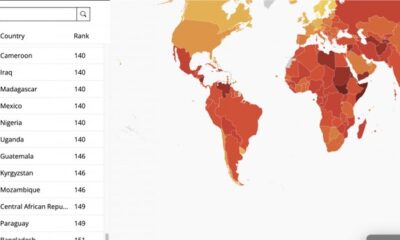Special Features
Nigeria, 11 other countries that have changed national anthems so far

In this article, News360 Nigeria enumerates some countries around the world who have changed their national anthems in recent times.
National anthems are more than just a song with lyrics and music, they are the epitome of the history, culture, and values of a country.
The national identity of a nation is reflected in these anthems, which inspire pride and unity among the populace.
Because of this, national anthems are very important to the people they represent.
Many countries in the modern era have realized that their national anthems need to be updated to reflect the values of the times and encourage inclusivity.
This change reflects a growing realization of what it means to properly represent all citizens of a country.
Today, nations are going back and changing their national anthems to make sure they still represent the diversity of their people and are in line with modern values.
Nigeria’s decision to restore their old national anthem as the official song of the nation on Wednesday, May 29th, is a noteworthy illustration of this trend.
This action emphasizes how crucial national symbols are and how they help to bring the people together.
Nigeria acknowledges a portion of its history by playing their old anthem again, possibly indicating a return to core principles.
Here’s a list of Countries around the world who have changed their national anthems in recent times.
1. Nigeria

A controversial debate among the public resulted from Nigeria’s recent adoption of “Nigeria, We Hail Thee” as the country’s anthem instead of the 1978 song “Arise, O Compatriots.”
President Bola Tinubu reinstituted the national anthem, which was first adopted in October 1960, on Wednesday, May 29, 2024, by signing the National Anthem Bill 2024 into law.
The choice to go back to “Nigeria, We Hail Thee,” a declaration signed by President Tinubu, has caused division among Nigerians.
2. New Zealand

The New Zealand government declared in 1977 that the nation would have two official national anthems in a supplement to the November 17th edition of the New Zealand Gazette.
These hymns were the classic “God Save the Queen” and the verse “God Defend New Zealand.” As the official anthems of the country, both anthems were given the same status from that point on.
The wording of the first anthem changed significantly after King Charles III ascended to the throne in September 2022. The phrase “God Save The Queen” was changed to “God Save The King” to reflect the new monarch.
3. Australia

Australia’s national anthem, “Advance Australia Fair,” experienced a significant alteration on January 1, 2021.
The second line was changed to read, “For we are one and free,” instead of, “For we are young and free.” This was not merely a linguistic adjustment, it had profound cultural implications.
The purpose of the modification was to recognize the long history of Aboriginal and Torres Strait Islander peoples and the fact that European settlers arrived in Australia tens of thousands of years ago.
This change has improved the anthem’s representation of the rich and ancient Indigenous heritage of the country.
4. Canada

In 2018, Canada’s national anthem, “O Canada,” underwent significant changes. The phrase “in all thy sons command” was changed to “in all of us command.”
This change was intended to make the anthem more inclusive and representative of all Canadians, regardless of gender.
The change was part of a larger effort to ensure that the national anthem reflects modern Canadian values like gender neutrality and inclusivity.
By updating the lyrics, Canada sought to create a national symbol that represents every citizen equally.
5. Austria
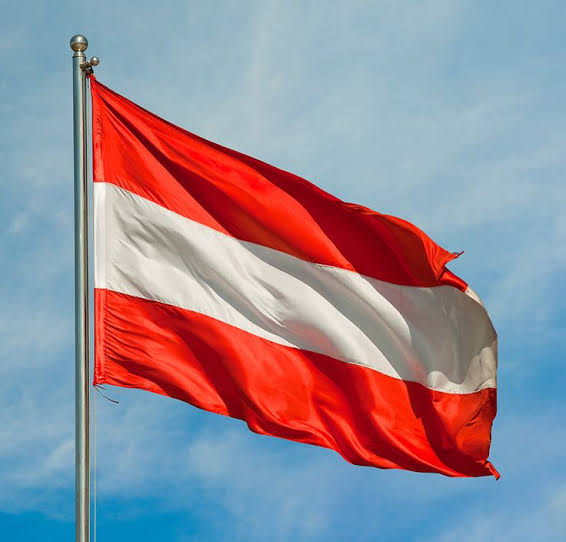
Austria made a significant step toward gender inclusivity in 2012 by modifying its national anthem, “Land der Berge, Land am Strome” (Land of Mountains, Land by the River).
The lyrics were changed to say “great daughters and sons” instead of just “great sons,” as originally written.
This was not just a word update; rather, it signified a fundamental shift in the appreciation and acknowledgement of the contributions made by all Austrians, male or female.
The decision to alter the anthem was driven by a desire to ensure that it accurately reflects and represents the entire population of Austria, by incorporating both daughters and sons in the lyrics, Austria aimed to foster a sense of equality and inclusiveness in its national narrative.
6. Libya

In an effort to unite Arab countries in Africa and Asia, Muammar Gaddafi replaced Libya’s national anthem, “Libya, Libya, Libya,” with “Allahu Akbar” in 1969.
However, “Libya, Libya, Libya” was once again used as the national anthem of Libya after the country’s civil war and Gaddafi’s overthrow in October 2011.
7. Rwanda
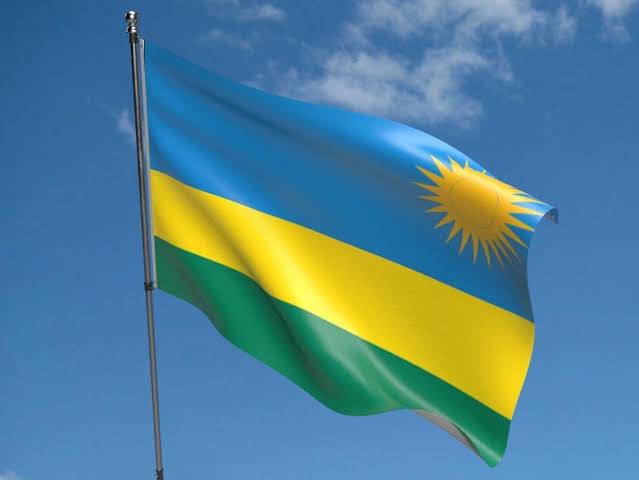
Rwanda replaced “Rwanda Rwacu” as its national anthem in 2001 with “Rwanda Nziza.”
The nation’s post-genocide commitment to unity, reconciliation, and progress was reflected in the introduction of the new anthem.
8. Zimbabwe
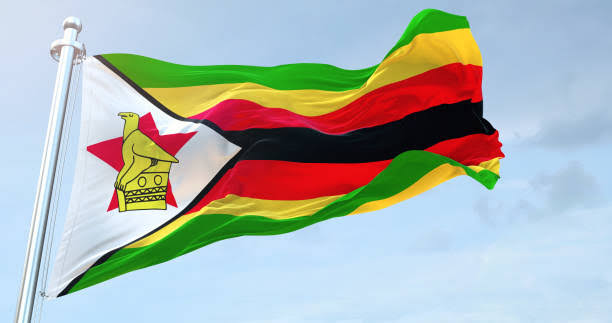
The national anthem of Zimbabwe was changed from “Ishe Komborera Africa” to “Blessed be the Land of Zimbabwe” in 1994.
The adjusted national anthem was a component of a bigger effort to forge a unique identity free from colonial history and local affects.
9. DR. Congo
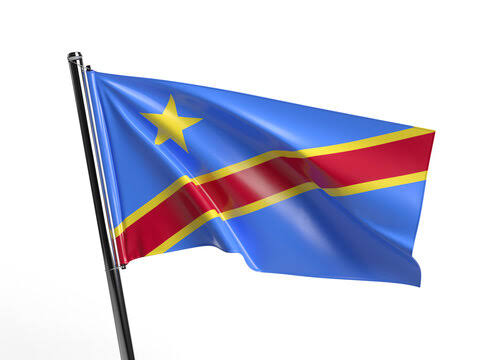
The Democratic Republic of the Congo adopted “Arise Congolese” as its national anthem in 1960 after gaining independence from Belgium.
After Zaire was adopted as the new name for the country in 1971, “La Zaïroise” became the national anthem.
But after Mobutu Sese Seko’s regime was toppled in 1997, the country went back to its original anthem, “Arise Congolese.”
10. Ghana
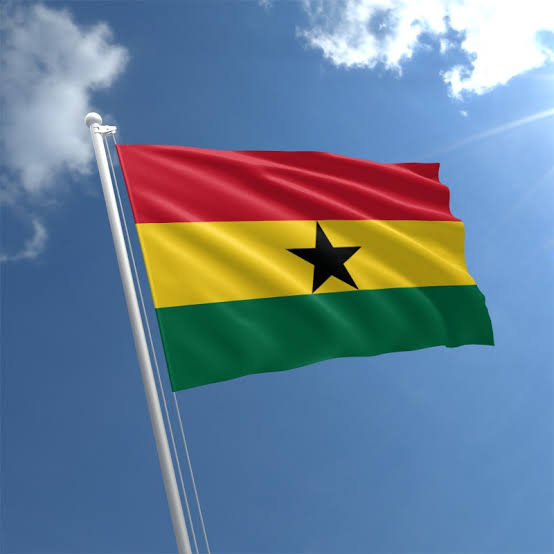
“God Bless Our Homeland Ghana” became the national anthem of Ghana following its liberation from British colonial rule in 1957.
The anthem’s lyrics, written by Philip Gbeho, captured the aspirations and recently found freedom of the country.
11. Namibia
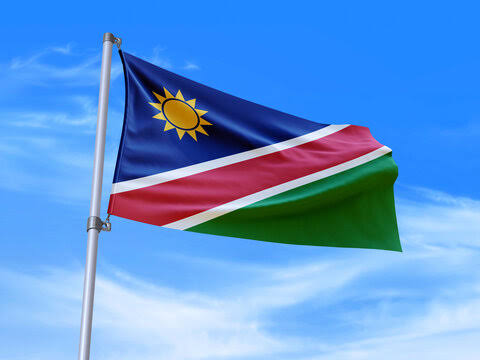
“Die Stem van Suid-Afrika,” the national anthem of South Africa, served as Namibia’s official anthem prior to its independence.
But after gaining independence, Namibia chose “Namibia, Land of the Brave” to represent its pride in and sense of national sovereignty.
12. South Africa

The South African national anthem, “Nkosi Sikelel’ iAfrika,” underwent significant changes following apartheid.
The song was adopted by the anti-apartheid movements after it was first composed in 1897 as a hymn.
To symbolize the diversity of the country following the end of apartheid, the anthem was modified by incorporating parts of the previous national anthem, “Die Stem van Suid-Afrika.”


